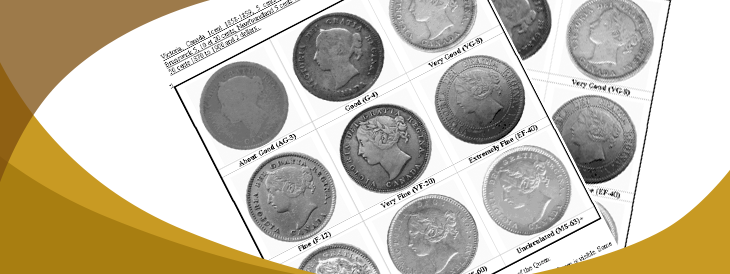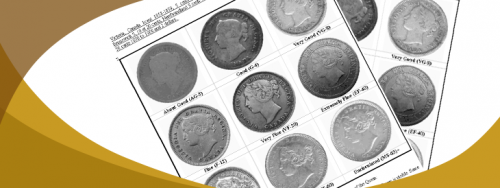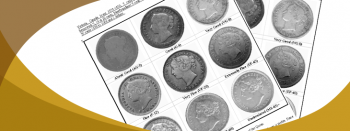Last updated on May 2nd, 2024 at 03:35 pm
Last Updated on May 2, 2024 Posted by Colonial Acres Coins
Becoming a coin collector is one of the greatest hobbies one can choose. Coins can be invaluable considering their age, and the materials they are made from. An example of a great addition to any collection is Canadian mint coins, which have very characteristic designs, so their value increases exponentially over time.
Learning the Basics
There are several things you need to know before you delve into serious coin collecting. First, you must decide whether you want to collect circulated, uncirculated or both types of coins. Circulated coins are ones that have been produced in larger amounts and have been used as a daily means for payment by the general public. Uncirculated coins, also known as numismatic coins, are ones that were minted for a specific occasion or reason and were never introduced in the general pool of money used by the population. These coins are struck one by one, and not mass produced like circulation coins. This means that they are in the same condition as when they were first minted, which significantly increases their value.
Another opportunity to categorize your preferences are the materials used to make the coin. You can choose to collect coins made by a specific kind of metal, for example, silver or copper coins. This is somewhat tied with whether you chose to collect circulation or numismatic coins, as circulation coins are traditionally mixtures of silver, copper, and other metals in small amounts.
High and Low-Quality Coins
Following the logic of circulation and numismatic coins, there is another differentiation – high-grade collectible coins and low-grade collectible coins. High-grade coins are usually much more expensive than lower grade ones.
The grading of coins is tied to their physical appearance, condition and the visibility of details on the coin. One of the best-recognized grading systems is the 70-Point Coin Grading Scale. According to this scale, there are seventy different grades, or conditions in which a collectible coin can be found. They range from poor, where the coin is severely damaged, but still has a date and mint mark, to mint state perfect grade, which means the coin has all the characteristics of a newly minted coin. The 10-point system is predominantly applied to numismatic coins and ones part of special collections, as circulation coins are usually more damaged by use.
Circulated coins are graded according to a different scale ranging from P-1 to EF-49. In this scale, P-1 stands for the lowest possible grade of circulation coin, which has severe damage and almost all detail of the coin has been lost because of prolonged use. Contrary to the 70-point scale, a coin assigned an EF-49 grade still has some damage to the surface and the details that should be visible, however, this should not amount to more than one or two percent of all details visible on the original.
Grading your coins accurately is one of the most important things, which will determine their value. While a coin may be very old, it’s physical appearance and condition have just as much weight on the price as its age.
You retain the opportunity to choose whether you want to focus on collecting circulation coins, or special editions like Canadian mint coins created especially for an occasion. No matter where you turn your attention to it is always important to know the grading scales for different types of coins. This knowledge gives you the opportunity to purchase predominantly high-quality coins, which bring value to your collection. While there is always a part of subjectivism when deciding what is the grade of a given coin, these professional numismatic scales will help you make an accurate assessment.




